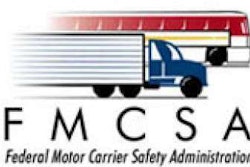A long-term commitment is needed to help freight and passenger rail accommodate future U.S. economic and population growth. U.S. Transportation Secretary Ray LaHood on Tuesday, Sept. 28, announced these findings of a new report – “Moving Forward: A Progress Report” – that updates the U.S. Department of Transportation’s efforts to develop a first-ever comprehensive National Rail Plan.
“America’s economic vitality has been driven by investments in transportation,” LaHood says. “Giving rail a greater role in our national transportation system will help us meet the 21st century challenges of population growth, increasing energy costs, reducing carbon emissions and ensuring the nation remains competitive in the global economy.”
“Ensuring higher-performing freight and passenger rail systems is the key to integrating surface, air and waterway transport,” says Federal Railroad Administrator Joseph Szabo, “A balanced and fully interconnected transportation network allows for the safe, efficient and seamless movement of people and goods.”
The progress report builds upon the Preliminary National Rail Plan mandated by the Passenger Rail Improvement and Investment Act of 2008 and submitted to Congress in October 2009. It outlines the numerous factors, past, present and future that make a compelling case for improving rail infrastructure. Its findings reveal that current demographic analyses and forecasts anticipate continued population growth, especially in urban areas. Coupled with corresponding increases in freight shipments, such growth will place additional burdens on transportation systems that already are working at or beyond capacity.











